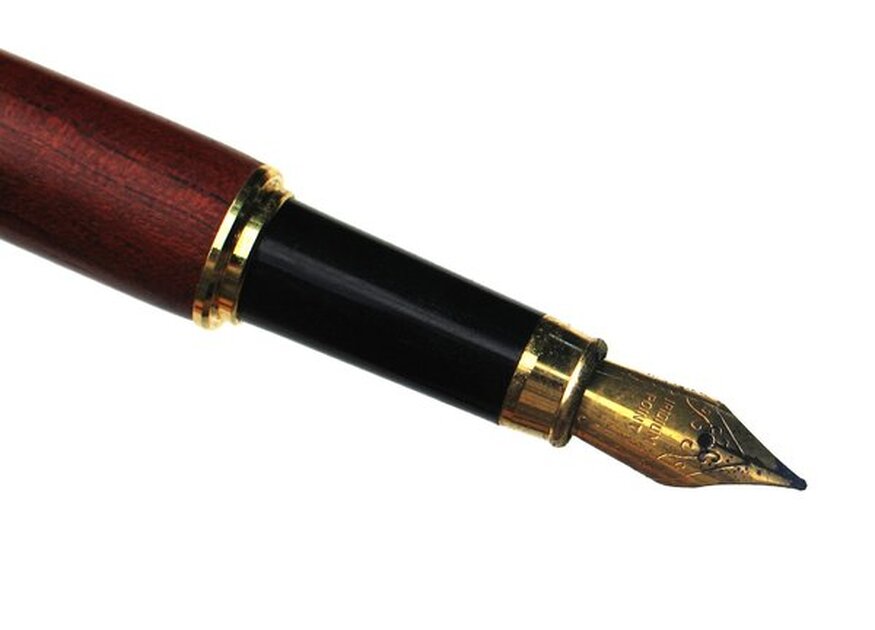
Our Gemara on Amud Aleph describes a poignant scene where the sages visit their colleague, Rabbi Eliezer, who is on his deathbed. This is a psychologically complex encounter, as these very same colleagues had excommunicated him for his intense and disrespectful manner of disagreeing with them during the famous "Oven of Achnai" dispute (see Bava Metzia 59b).
For obvious reasons, there was tension and regret on both sides, which had never been fully addressed. Time was running short, as he was dying, and perhaps neither party—despite their shared respect—saw reason to concede or change their position. However, despite this, they held great respect and admiration for each other. So, in veiled language, they addressed their grievances, mostly through poetic allusion, using various halachic discussions and questions as their language of expression and thought.
There is a final discussion that we will study in depth:
They asked him further: What is the halachah regarding a newly formed shoe that is on a shoe tree? Is it considered a complete vessel, which needs no further preparation, and is therefore susceptible to impurity? Rabbi Eliezer said to them: It is pure, and with this word, his soul left him in purity. Rabbi Yehoshua stood on his feet and said: The vow is permitted; the vow is permitted—meaning that the ostracism placed upon Rabbi Eliezer was now removed.
These were not people of many words, and their words were chosen with precision, especially during the final moments of life. Although it is meaningful that Rabbi Eliezer should leave this world with a pronouncement of "pure," surely there could have been other mystical meditations; why discuss a shoe-tree? I believe the answer is that this was, in fact, a mystical discussion. The mystics often refrain from discussing esoteric matters openly for fear that the less educated would misinterpret, misunderstand, or be unworthy of the teachings. They often communicated through illusions and hints, sharing only on a “need-to-know” basis (see Chagigah 14b). To better understand their dialogue, I will provide some introduction:
Clothing serves as a metaphor for how a human is cloaked. Just as clothes cover the body, the body itself is a kind of cloak for the soul. Moshe is told to "remove his shoes (enclosures), for he is standing on holy ground" (Shemos 3:5). But is that all? Perhaps Moshe was also being instructed to shed his physicality—his clothes, his enclosures—so that he could experience God in the fullest way. Megillas Rus documents (4:7) the removal and transfer of an article of clothing, na'alo, which some translate as "shoe," but literally means "enclosure." This transfer is a way to convey ownership. But what else was being transferred here? This was a quasi-yibum ceremony in which Boaz, a relative of Avimelech, could redeem his soul by marrying Rus and continuing his family line. Perhaps he even served as a form of reincarnation for Elimelech or his sons. The use of an enclosure or shoe to marry Rus, and even its presence in the chalitzah ceremony (Devarim 25:9), is not lost on the Zohar. The Zohar, at the beginning of Parashas Chukas, compares kinyan sudar (a method to acquire ownership), levirate marriage, Boaz’s actions to assume the rights of the closest relative in order to marry Rus and redeem the fields of Avimelech’s estate, and the transmigration of the soul (reincarnation).
One more point: The state of excommunication often involves assuming a certain state of mourning, which can include not wearing shoes (Shulchan Aruch YD 334:2). So, the question about the shoes on the mold was also a question about the status of Rabbi Eliezer’s excommunication. Additionally, this particular shoot in question was in a liminal state, that is, almost complete, but not yet released from the mold. That is similar to Rabbi Eliezer’s body and soul, who has almost finished the mission. I believe that when Rabbi Eliezer determined that the shoe in the mold was not yet fully complete and therefore not susceptible to impurity, he was, in a veiled way, admitting that his "body" was not yet complete. He still needed to repent. This, in itself, was his admission and repentance, which his colleagues accepted. That is why the "shoe" was declared pure, and with it, he died. Meaning, in a respectful and sophisticated manner, he communicated his repentance and acceptance to his colleagues, and they understood exactly what he was referring to, without needing to make it more embarrassing or obvious. His body was purified, his mission was complete, and his soul was now free to ascend.
Translations Courtesy of Sefaria, except when, sometimes, I disagree with the translation ![]()
If you liked this, you might enjoy my Relationship Communications Guide. Click on the link above.
Rabbi Simcha Feuerman, Rabbi Simcha Feuerman, LCSW-R, DHL is a psychotherapist who works with high conflict couples and families. He can be reached via email at simchafeuerman@gmail.com
 Previous
Previous

